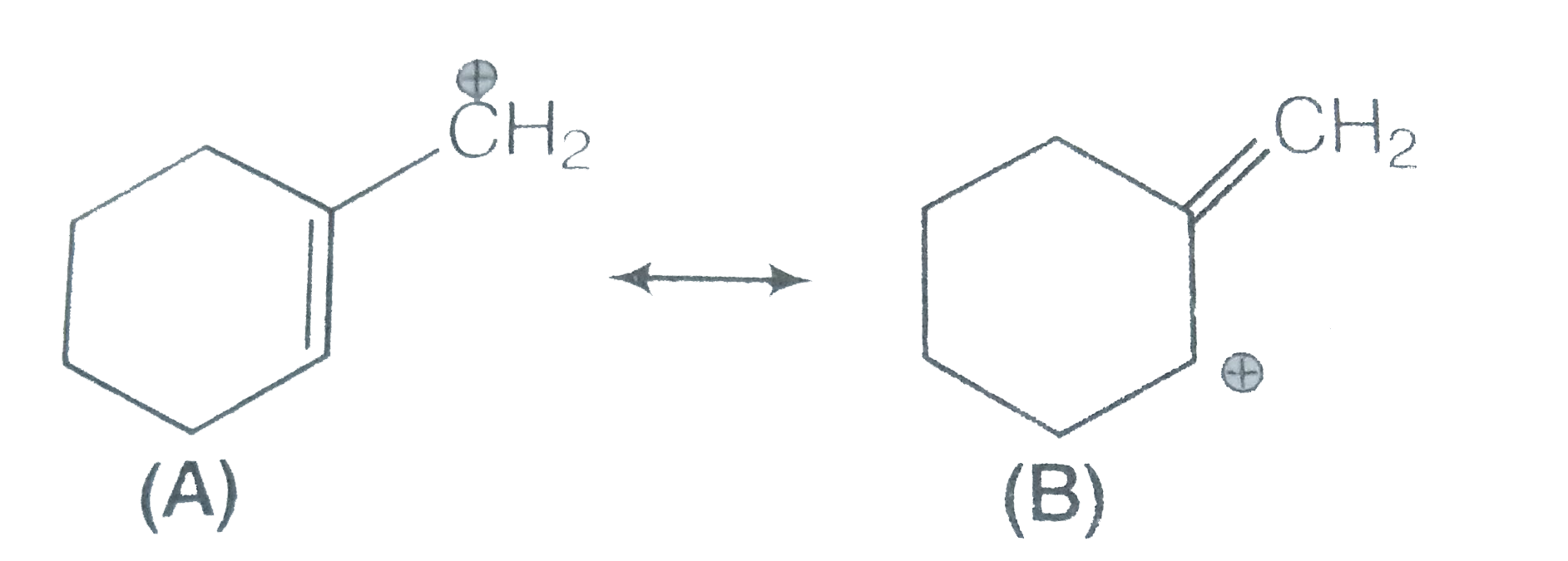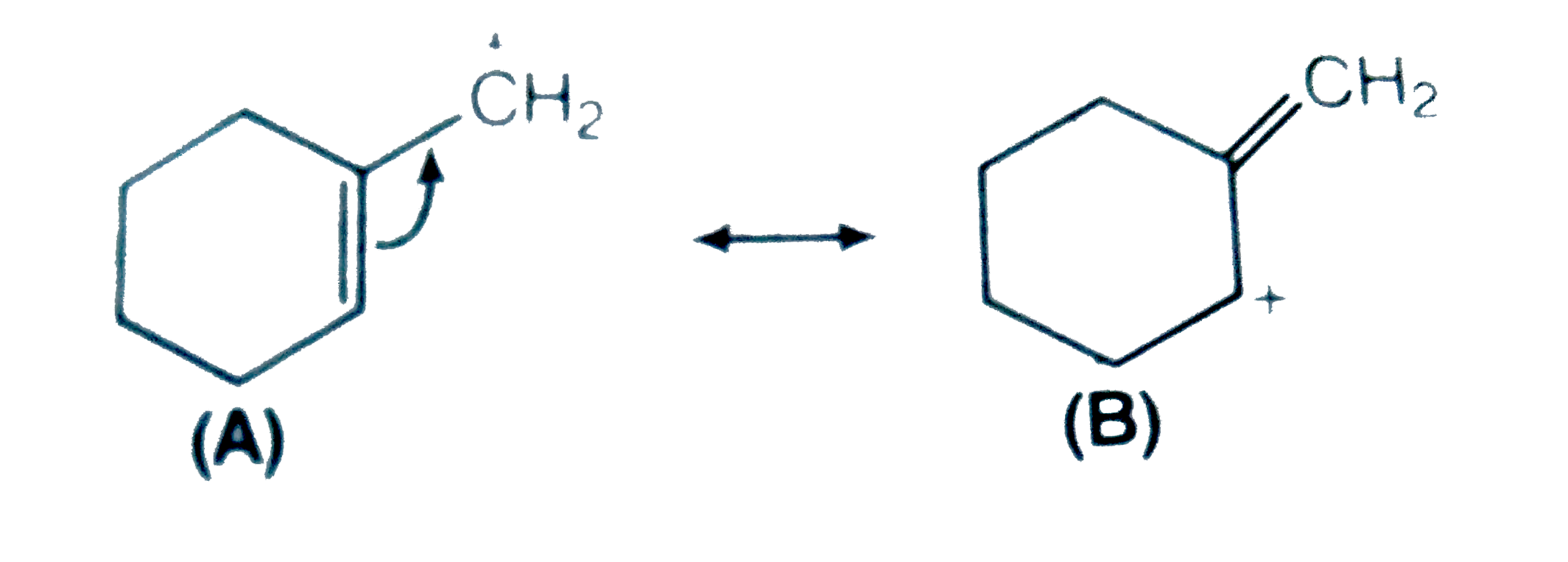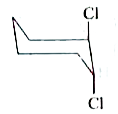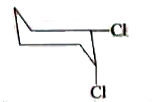Text Solution
Verified by Experts
|
Topper's Solved these Questions
ORGANIC CHEMISTRY : SOME BASIC PRINCIPLES AND TECHNIQUES
NCERT EXEMPLAR ENGLISH|Exercise Matching the columns|5 VideosView PlaylistORGANIC CHEMISTRY : SOME BASIC PRINCIPLES AND TECHNIQUES
NCERT EXEMPLAR ENGLISH|Exercise Assertion and Reason|6 VideosView PlaylistORGANIC CHEMISTRY : SOME BASIC PRINCIPLES AND TECHNIQUES
NCERT EXEMPLAR ENGLISH|Exercise Long Answer type question|6 VideosView PlaylistHYDROGEN
NCERT EXEMPLAR ENGLISH|Exercise LONG ANSWER TYPE QUESTIONS|8 VideosView PlaylistREDOX REACTIONS
NCERT EXEMPLAR ENGLISH|Exercise LONG ANSWER TYPE QUESTIONS|6 VideosView Playlist
Similar Questions
Explore conceptually related problems
Knowledge Check
A
B
C
D
Submit
Similar Questions
Explore conceptually related problems
NCERT EXEMPLAR ENGLISH-ORGANIC CHEMISTRY : SOME BASIC PRINCIPLES AND TECHNIQUES-Short Answer type question
- Show the polarisation of carbon-magnesium bond in the following struct...
01:53
|
Play - Compounds with same molecular formula but differing in their structure...
02:48
|
Play - Which of the following selected chains is correct to name to given com...
03:15
|
Play - In DNA and RNA, nitrogen atom is present in the ring system. Can Kjeld...
03:29
|
Play - If a liquid compound decomposes at its boiling point, which method (s)...
02:26
|
Play - 'Stability of carbocations depends upon the electron releasing inducti...
04:19
|
Play - 'Stability of carbocations depends upon the electron releasing inducti...
03:42
|
Playing Now - 'Stability of carbocations depends upon the electron releasing inducti...
04:44
|
Play - 'Stability of carbocations depends upon the electron releasing inducti...
04:54
|
Play - Three students, Manish, Ramesh and Rajini were determining the extra e...
Text Solution
|
Play - Name the compounds whose line formula are given below.
04:45
|
Play - Write structural formulae for compounds named as (a) 1-bromoheptane ...
03:24
|
Play - Draw the resonance structures of the following compounds. (a) CH(2) ...
03:06
|
Play - Identify the most stable species in the following set of ions giving r...
03:02
|
Play - Given three points of differences between inductive effect and resonan...
05:05
|
Play - Which of the following compounds will not exist as resonance hybrid. G...
03:41
|
Play - Why does SO(3) act as an electrophile ?
02:20
|
Play - Resonance structures of propenal are given below. Which of these reson...
03:03
|
Play - By mistake, an alcohol(boiling point 97^(@)C) was mixed with a hydroca...
03:11
|
Play - Which of the two structures (A) and (B) given below is more stabilised...
03:21
|
Play




